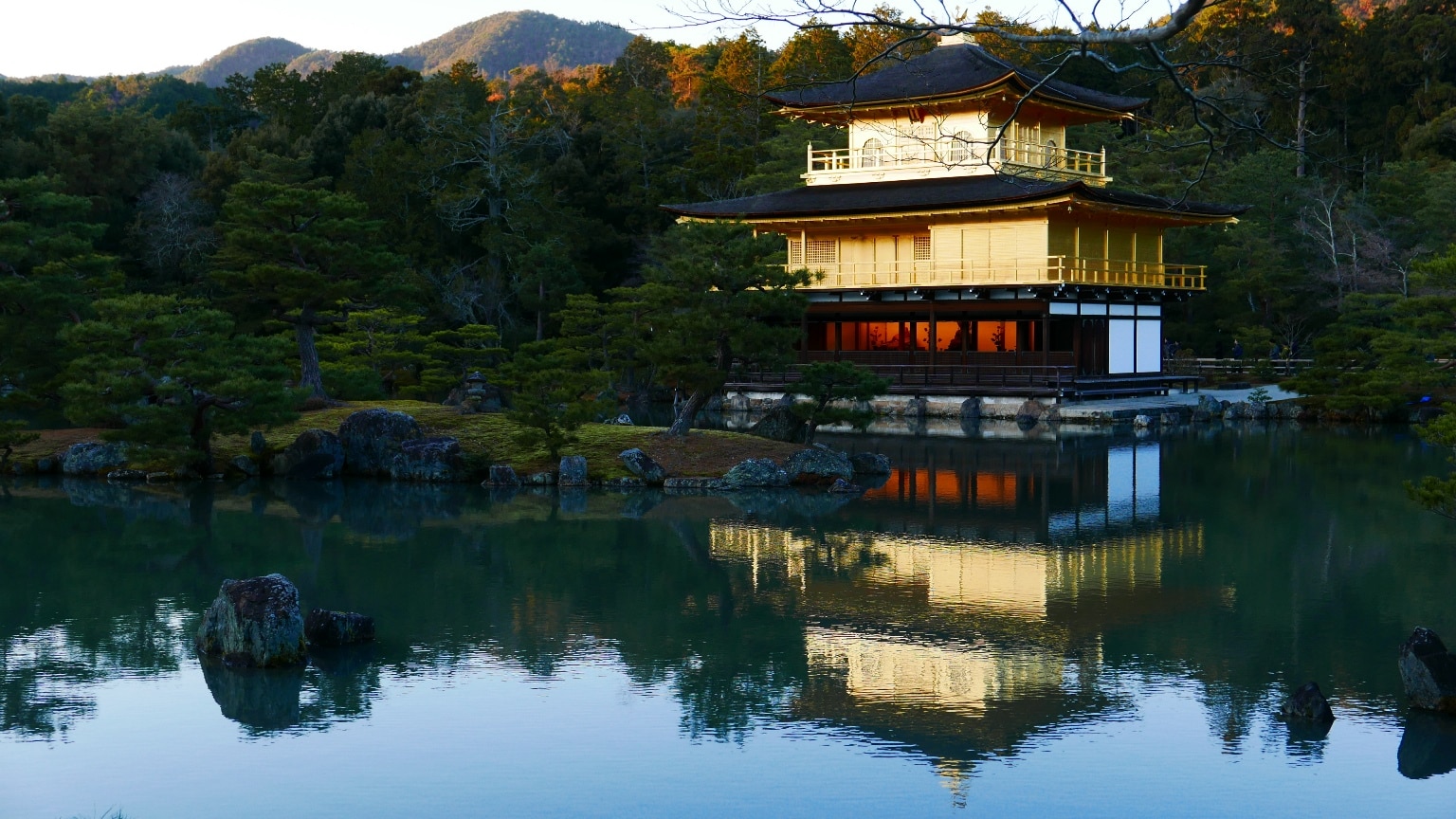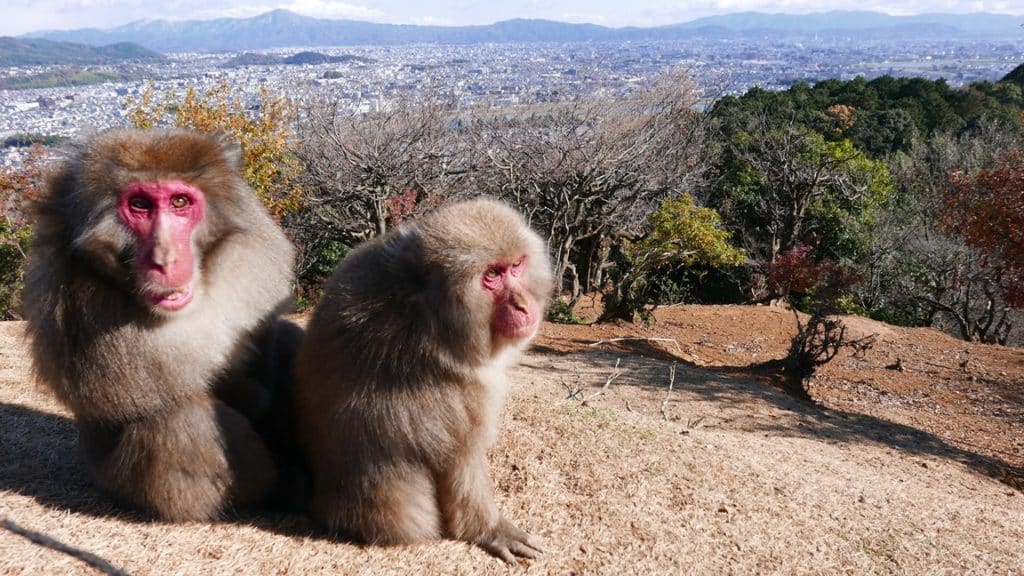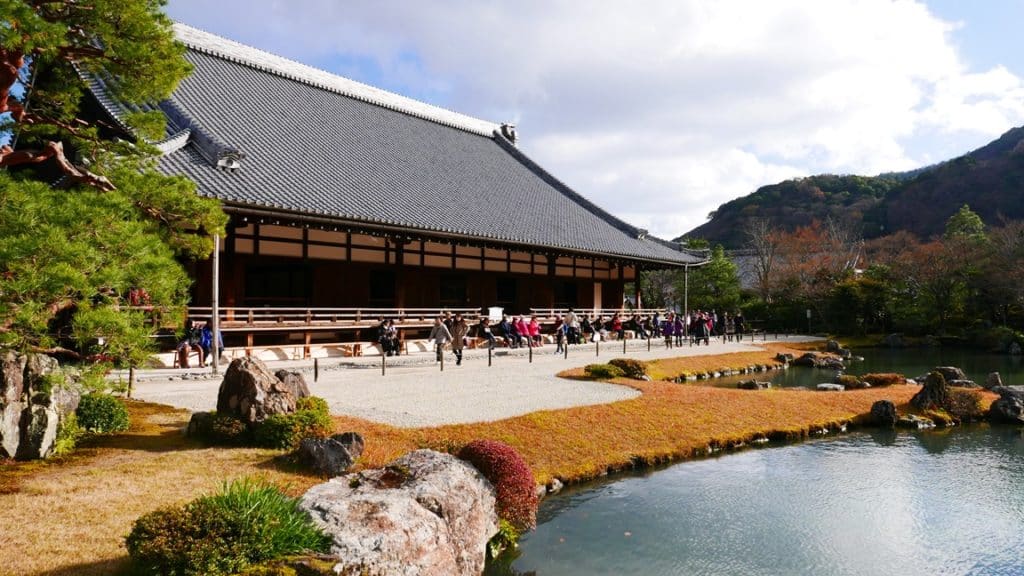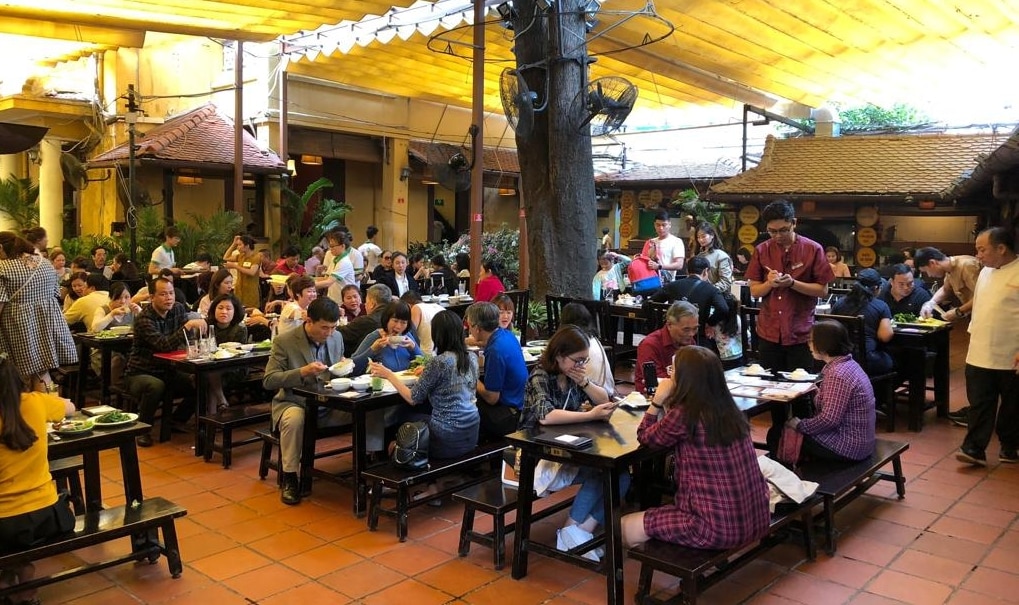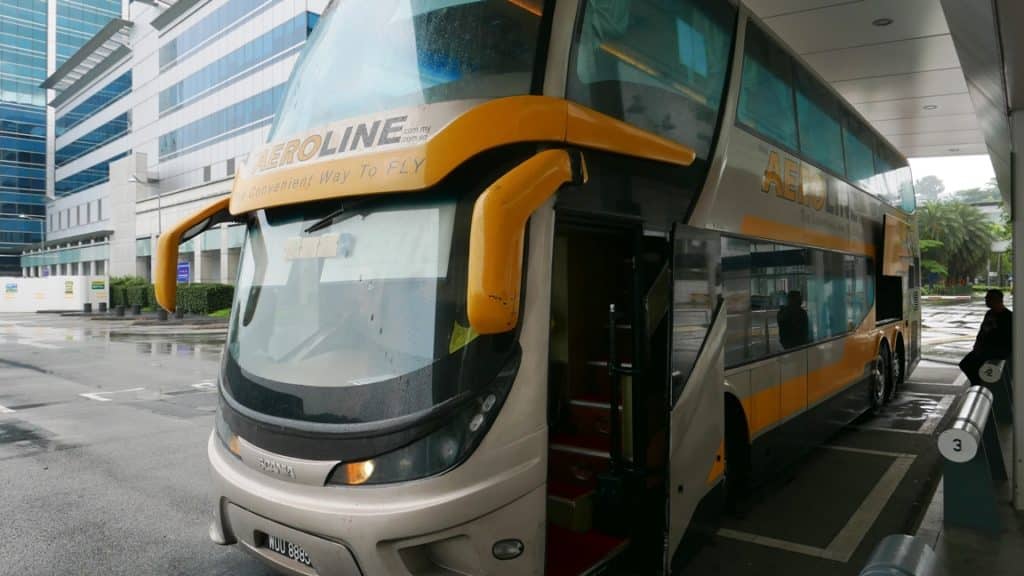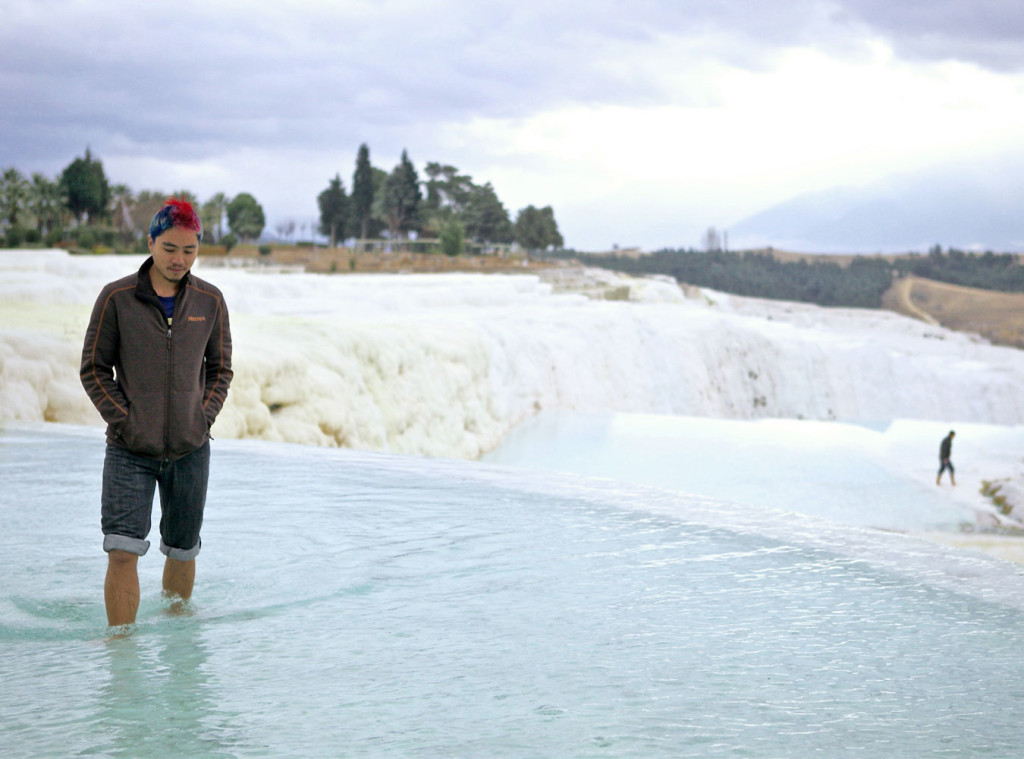16 Dec 2016 : Although the sun was beating down we could feel the chill of the mid Kyoto winter as we entered the car. A quick check on the weather app shows 5°C. No wonder.
We had a long day planned so we headed out early for breakfast at a delightful small cafe near our apartment called Nick Stock for some good old American breakfast of eggs, toasts, pancakes and burger. 
Arashiyama
After the hearty breakfast our first stop of the day was Arashiyama, a 30-min drive west of Kyoto. This small picturesque town is tucked along the base of the Arashiyama Mountains (meaning “Storm Mountains”). There is ample paid parking around the area but we found free parking at the Kokuzo Hourinji Temple (GPS: 075-862-0013) near the base of the mountain by chance. From here we set off on foot to explore Arashiyama.
There are many attractions here but we headed for the Arashiyama Monkey Park first as this involves a 30-min trek up Mt Arashiyama. The climb can be exhausting for the less fit but there are rest stops along the gravel path. Definitely not suitable for those with infant on strollers.
The energy expanded for our climb was fully repaid with a panoramic view of downtown Kyoto and its surrounding. We could see Katsura River in the foreground and the Hira mountains behind Greater Kyoto.
A brief shower of powder-fresh snow greeted us at the summit which added a nice pre-Christmas atmosphere making the overall experience of the climb all the more worthwhile.
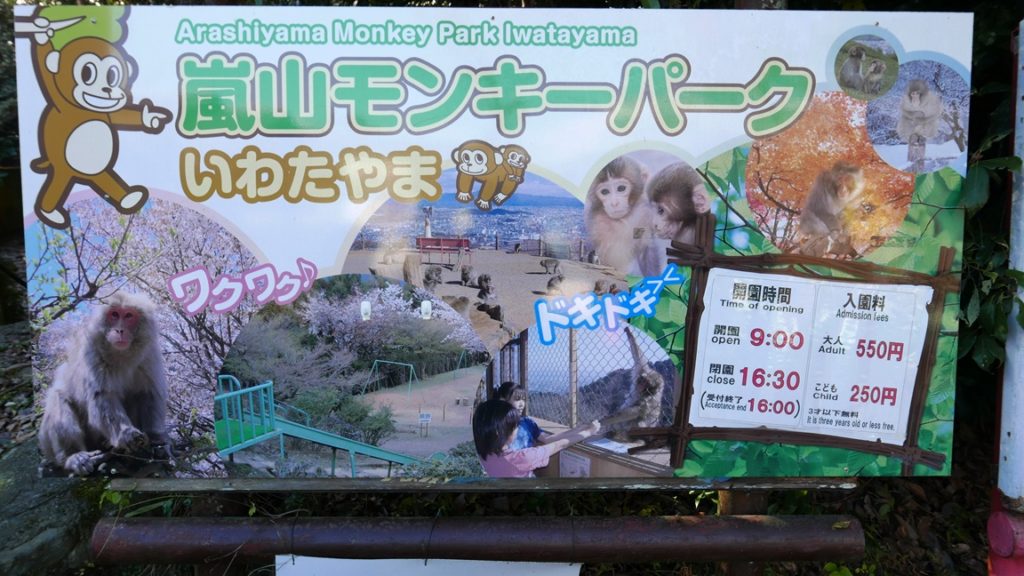
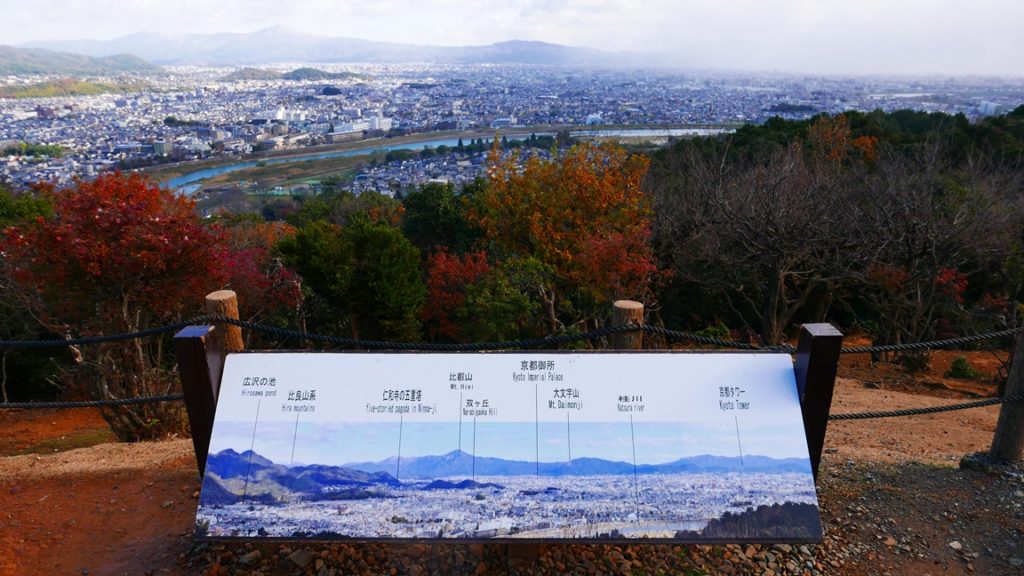
The park is home to hundreds of Japanese macaques, also known as snow monkeys where most of their famous siblings at Jigokudani Monkey Park reside. They are native to Japan and is the world’s most northern living monkey species. Macaques here are free roaming and share the same space as humans but you are advised not to feed them or stare them straight in the eye. Feeding is allowed under supervision from inside a cage. Over here you are caged, not them 🙂
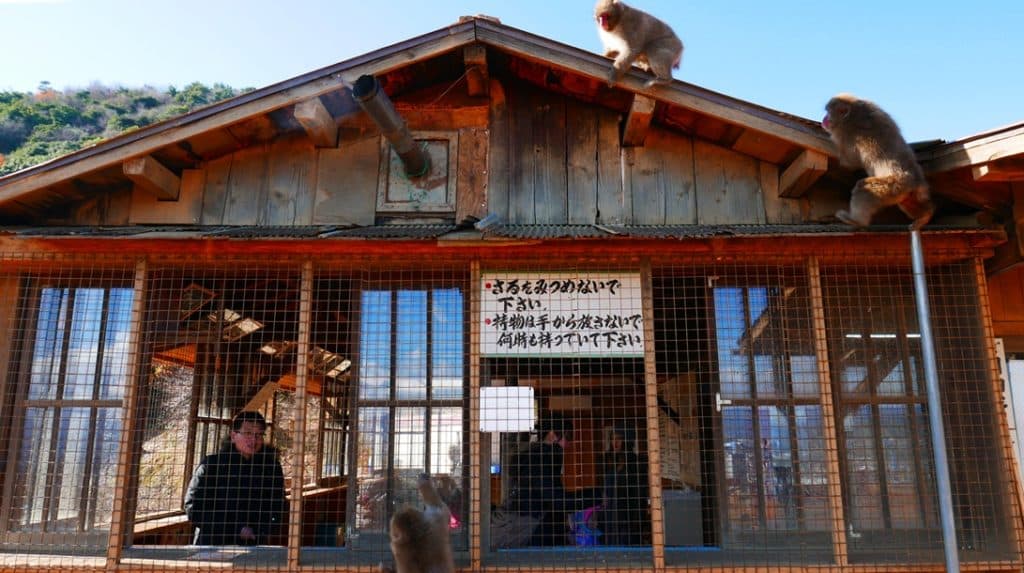
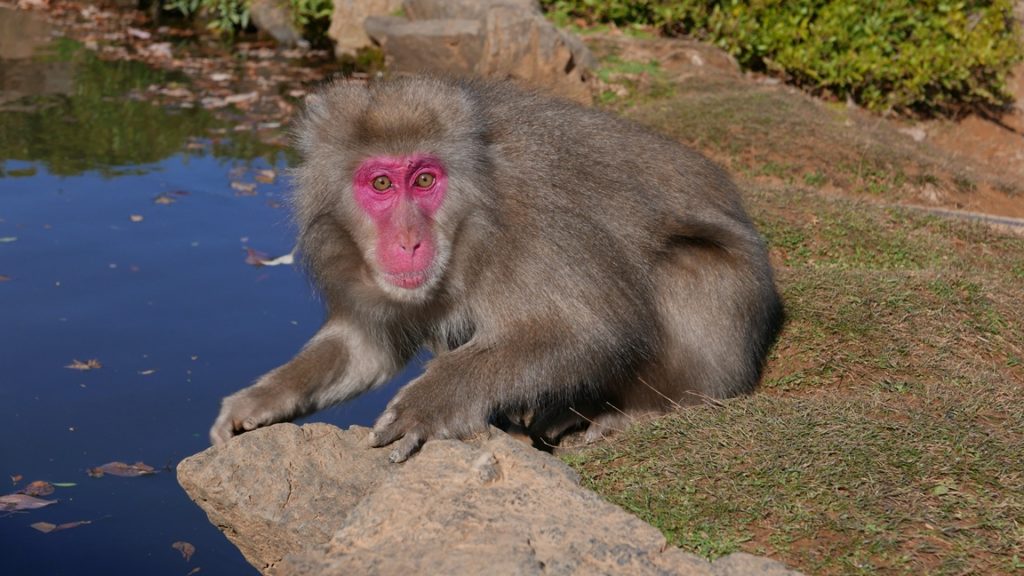
Arashiyama Monkey Park Opening Times and Ticket Prices
- Spring & Summer (15 Mar to 31 Oct): 9 am to 5 pm
- Winter (1 Nov – 14 Mar): 9 am to 4 pm
Admission:
- Child under 4 years old: Free
- Child (4 to 15 years old): ¥250
- Adult: ¥550
Togetsu Bridge (Togetsukyo)
After a good hour and a half at the Monkey Park we trekked down (going down was much easier understandably) towards Arashiyama town centre for souvenir shopping and a quick ramen lunch. Along the way we walked across the iconic Togetsu Bridge stopping periodically to admire the scenery on both sides of the bridge.
[photogrid ids=”2346,2345,2344″ captions=”yes” columns=”four” fullwidth=”yes” ]
The 200m-long bridge spanning the Oi River was originally built during the Heian Period (794-1185) and reconstructed in the 1930s. We were here for the Arashiyama Hanatouro (night illumination) last year so this time we planned a visit during the day which was a different experience for us. Much less crowded too.
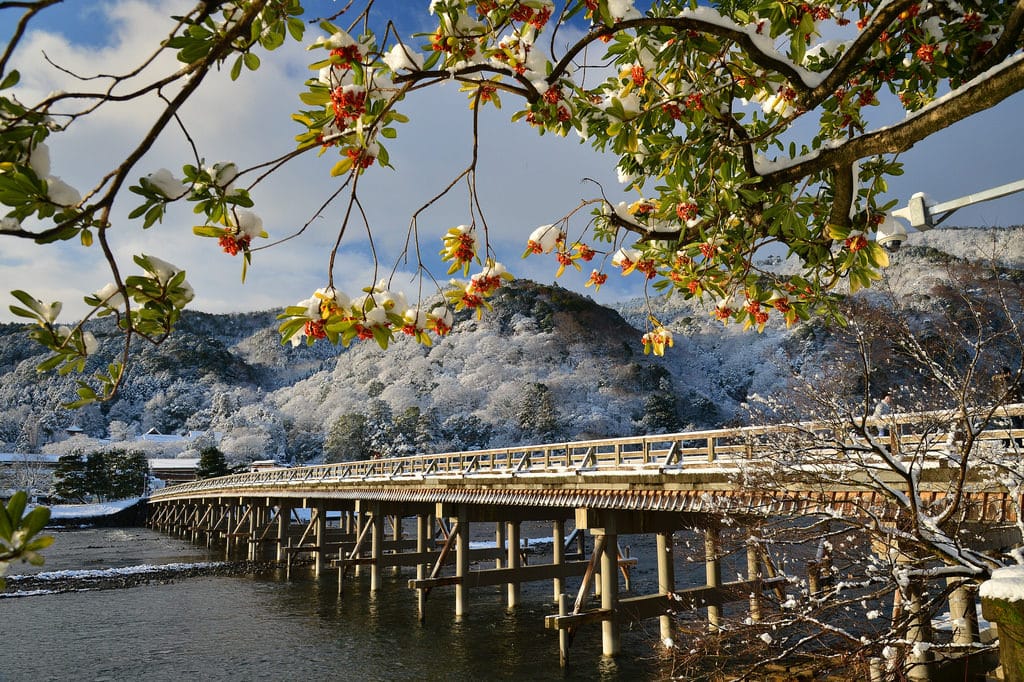
Tenryu-ji Temple
A short walk from the Togetsu Bridge in the direction of the Randen Arashiyama Station is the main attraction in Arashiyama – Tenryu-ji Zen Temple, a UNESCO World Heritage site. Tenryu-ji was built in the 14th century but was repeatedly destroyed in fires and wars over the centuries. Most of the current halls, including the main hall (Hojo), drawing hall (Shoin) and temple kitchen (Kuri) with its distinctive small tower, date from the relatively recent Meiji Period (1868-1912). Fortunately Tenryuji’s garden survived the wars in its original form. The beautiful landscaped garden features a central pond surrounded by rocks and pine trees beautifully framed by the lush forests of Arashiyama mountains.
There is an admission charge of ¥800 to enter the main hall and view the gardens. Opening hours are 8.30am to 5.30pm. Closes at 5pm from October to March.
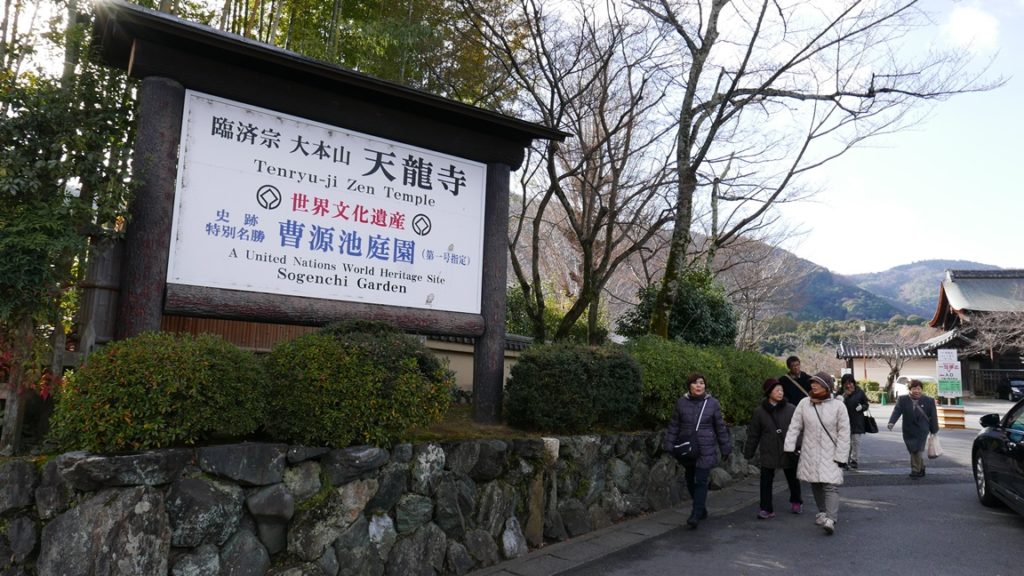
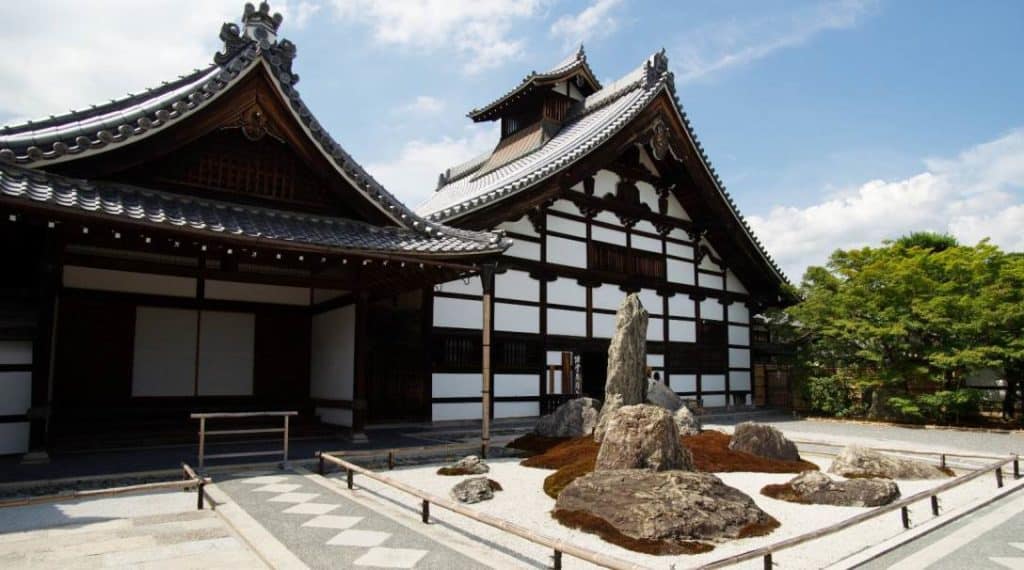
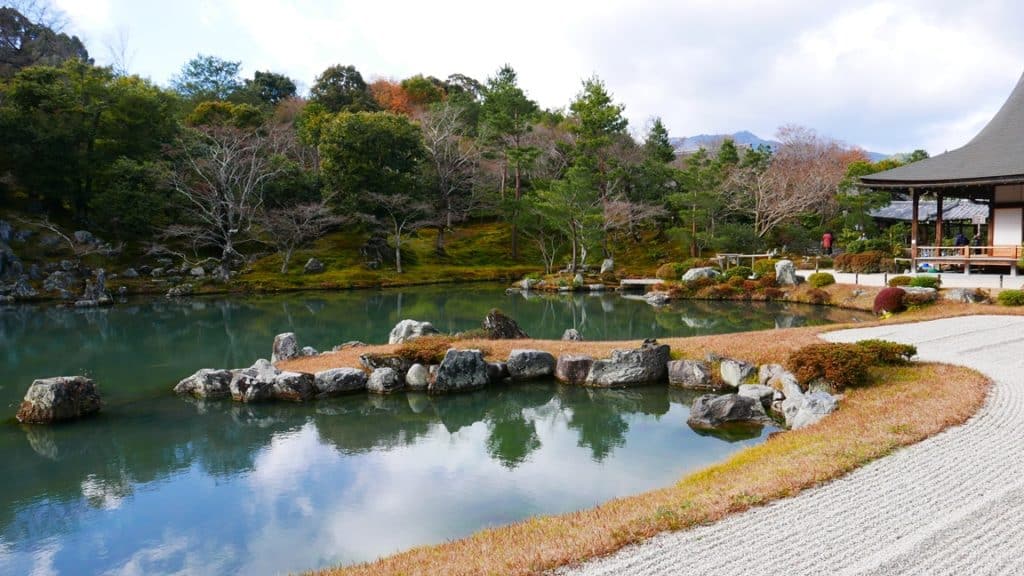
Arashiyama Bamboo Forest
The exit of the Tenryu-ji Garden leads directly to the Arashiyama Bamboo Forest. It’s like stepping into another world. This is perhaps the most photographed place per sq ft in Japan. That’s why it is perpetually thronged with tourists from all over the world here to catch a glimpse of this surreal forest. I shall leave it to the picture that paints a thousand words.
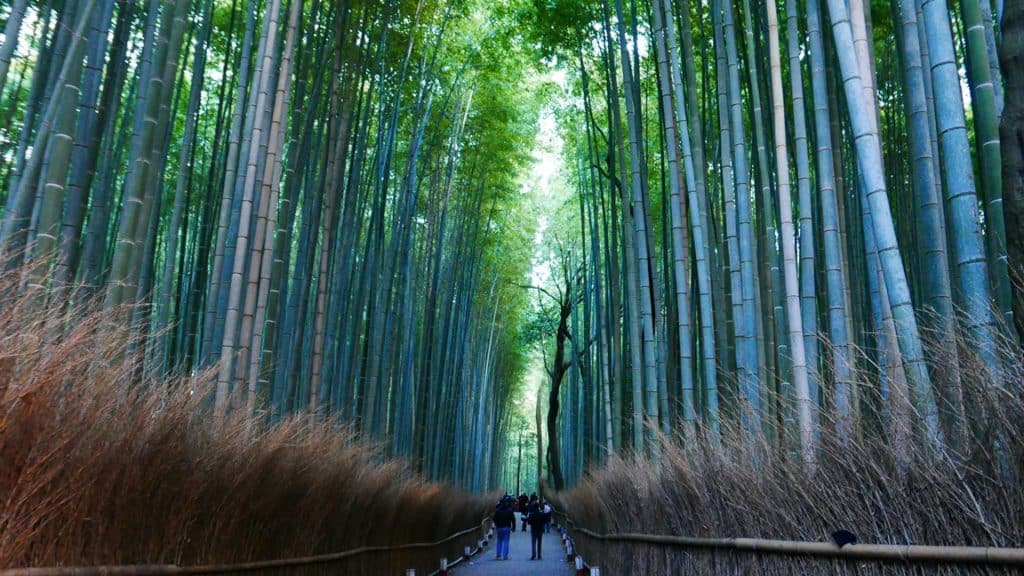
Kinkaku-ji
Time stood still while we were enchanted by sound of rustling bamboo leaves. A few fast moving rickshaws ferrying kimono-clad tourists scuttling past jolted us out of our time capsule. We noticed the sun setting and realised it was time to head for Kinkaku-ji. Also known as the Temple of the Golden Pavilion, Kinkaku-ji is recognized by UNESCO as a World Cultural Heritage and is one of the historical buildings most representative of Kyoto and possibly all of Japan.
It was built at the end of the 14th century originally as a villa for Ashikaga Yoshimitsu, the shogun at the time. After Yoshimitsu’s death, as indicated in his will, the building was converted into a temple of the Zen sect of Buddhism. More about the history of Kinkaku-ji is available here.
The temple is best seen just before dusk. That was the reason we planned to visit Kinkaku-ji as our last destination of the day. At this hour, rays of the setting sun cast a golden sheen on the pavilion walls lighting it perfectly against the darkening foliage. The reflection from the Kyoko-chi Pond in the foreground makes the sight even more breathtaking. It is beauty beyond words.
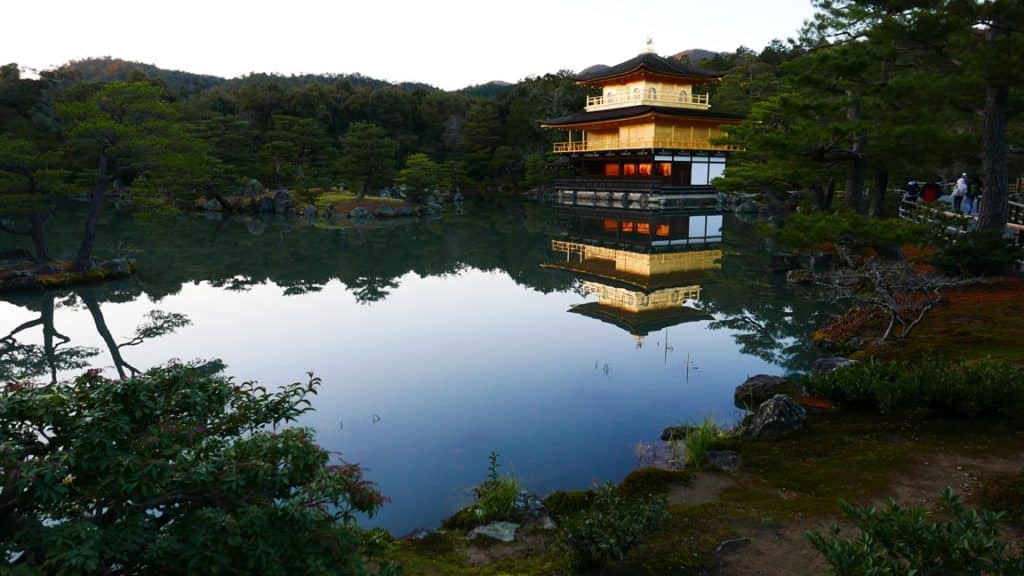
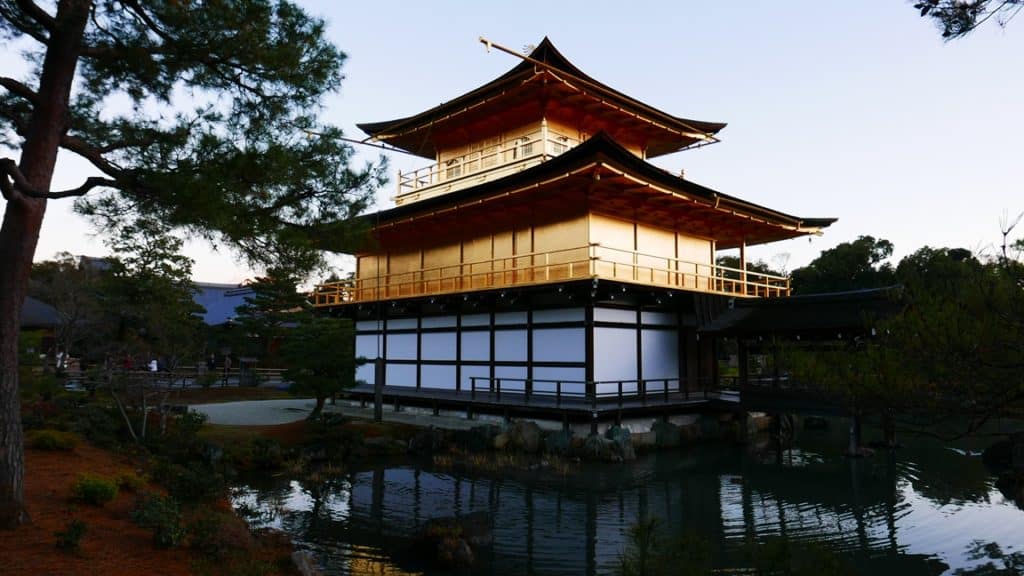
It was a fruitful day shuttling around catching sights of historic Kyoto. We were fortunate to have perfect weather and clear skies throughout the day. The pictures turned out pretty good. I’m really glad.
Tomorrow will be another day of Kyoto adventures. Hope the weather holds.
Related Posts:
Day 1: Nagoya to Ise-Shima
Day 2: Exploring Ise-Shima and Ago Bay
Day 3: Scenic Drive From Shima to Shingu
Day 4: Paying Homage to the Historic Shrines of Kumano
Day 5: Driving from Shingu to Kyoto
Day 7: Visit to Nishiki Market, Kiyomizudera and Fushimi Inari Taisha
Learn more about Driving in Japan
- Dalat | Vietnam Trip Part 3 - May 4, 2023
- Danang, Hoi An, Hue, My Son | Vietnam Trip Part 2 - May 1, 2023
- Ho Chi Minh City, Cu Chi Tunnels & Cao Dai Temple | Vietnam Trip Part 1 - April 30, 2023
